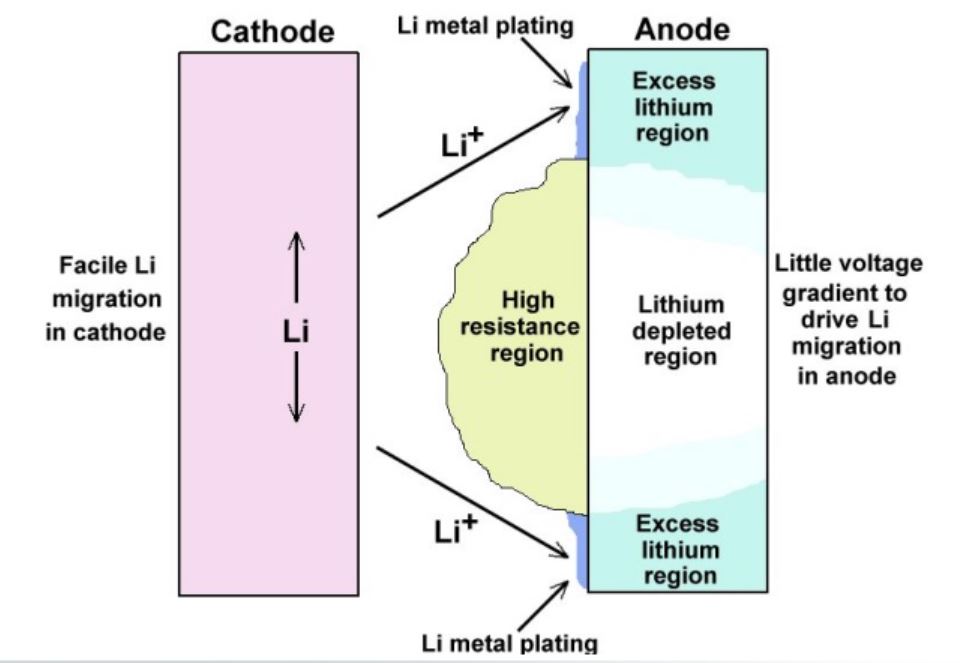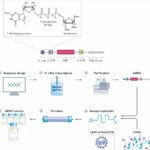 Lithium-ion batteries are at the heart of devices we rely on daily, from smartphones to electric cars. But let’s face it, the risk of them overheating or even catching fire has always been a concern. Thankfully, there’s some exciting news. A mechanical engineer from the University of Wisconsin–Madison has made a breakthrough that could change how we approach these challenges.
Lithium-ion batteries are at the heart of devices we rely on daily, from smartphones to electric cars. But let’s face it, the risk of them overheating or even catching fire has always been a concern. Thankfully, there’s some exciting news. A mechanical engineer from the University of Wisconsin–Madison has made a breakthrough that could change how we approach these challenges.
Assistant Professor Weiyu Li has come up with a computational model that really digs into the problem of lithium plating—a major player in battery failure during fast charging. This is when metallic lithium starts to build up on the anode surface, leading to faster wear and tear or, in the worst cases, fires.
Li’s study, published in ACS Energy Letters on March 10, 2025, delves into the complex dance between ion transport and the chemical reactions that trigger lithium plating. “With this model, I’ve been able to connect the dots between key elements like operating conditions and material properties, and how they lead to lithium plating,” Li explains. She even includes a handy diagram offering physics-based strategies to tackle this issue, cutting down the need for extra simulations.
These insights go beyond just tweaking materials. They’re crucial for fine-tuning charging methods to make batteries last longer. “This physics-based guidance is a game-changer because it helps us figure out the best way to adjust current densities during charging, depending on the state of charge and material properties, to prevent lithium plating,” Li adds.
While past research often zeroed in on extreme scenarios, Li’s model opens up a wider lens on lithium plating, offering a more complete picture of the phenomenon. Looking ahead, she plans to include mechanical factors like stress generation to deepen our understanding even further.








